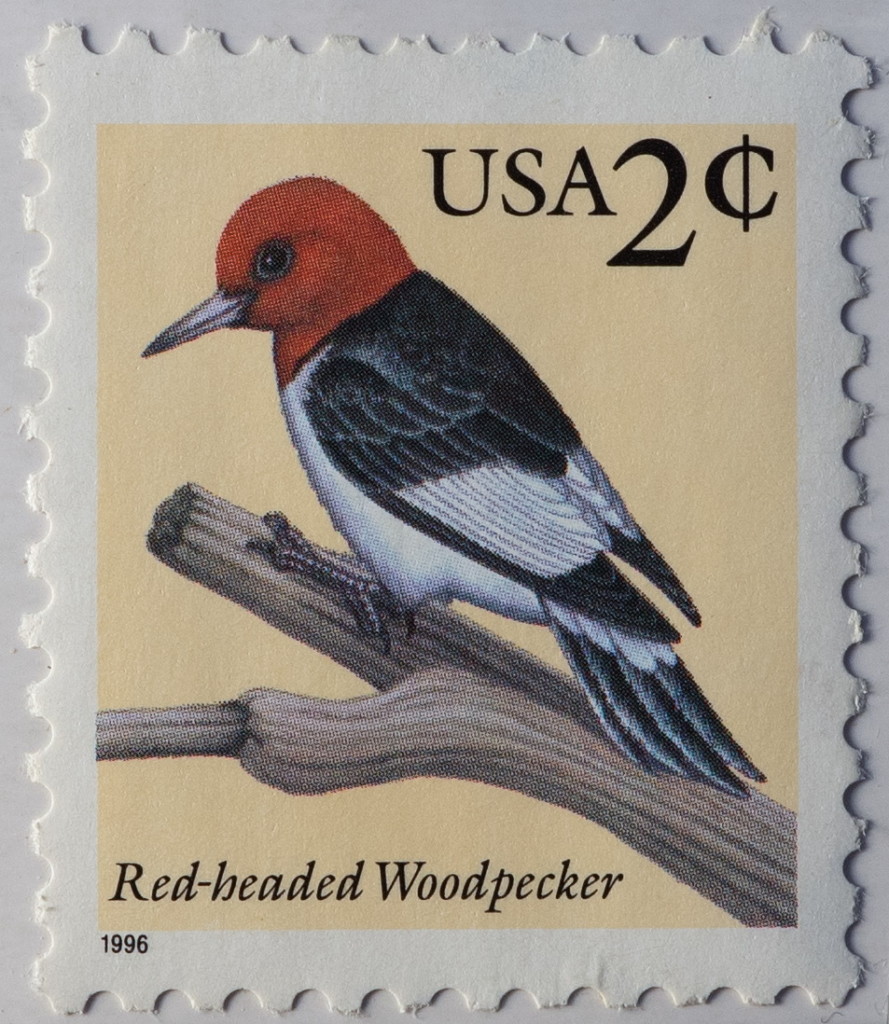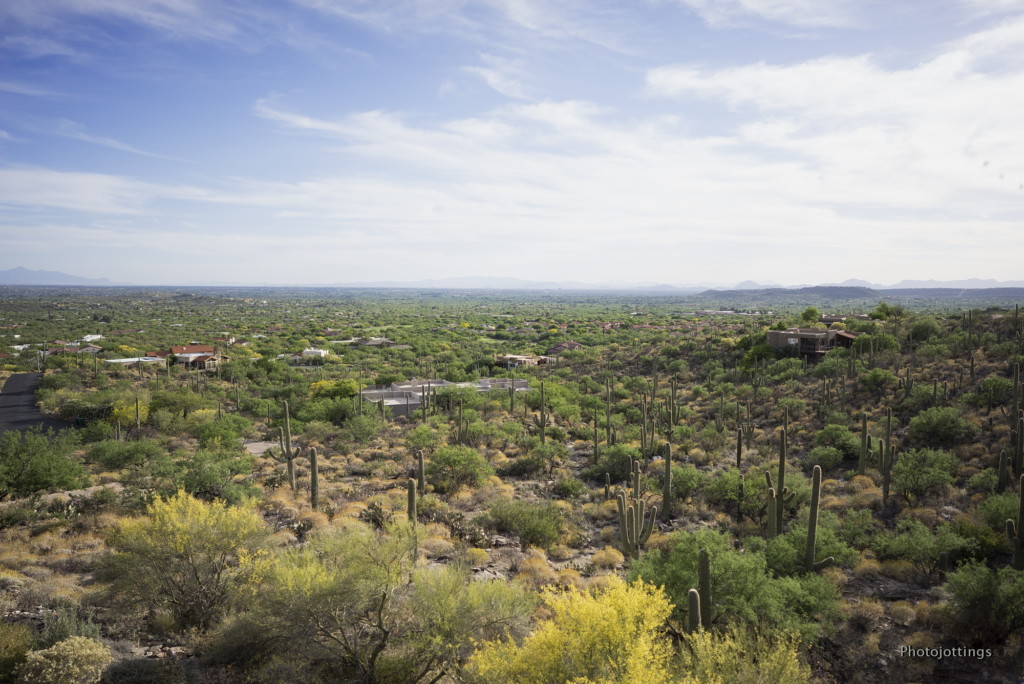The Sony A7R was used for this review. Note: mobile devices may not show all the quality in the full size image samples (over 7000 pixels wide) below.
The Zeiss Batis 25mm F/2 (B&H Photo) is a retrofocus Distagon wide angle lens designed for use with Sony’s full frame ‘FE’ system.
Fit and finish. The lens appears to be made up of a mixture of metal and plastic, and Zeiss says it has “Robust and weatherproof metal construction.” It has a metal mount with a blue rubber gasket around the perimeter, and you may find it’s hard to mount to the camera on the first try, but it loosens up quite a bit after it’s left on the camera for a while. Zeiss claims the use of a bunch of ‘special’ glass for the optics, see the x-ray view below. Also, the lens is designed to keep out dust and spray water, but it is not waterproof. It’s rather large for a wide angle prime, but not too heavy; it weights about the same as a can of beer. Lens is made in Japan.
The Zeiss Batis wide angle lenses do not incorporate OSS, or Optical Steady Shot in the lens, so you’ll need a camera body with sensor based image stabilization if you’re shaky like me and need help at slow shutter speeds.
Filter size is 67mm, which is quite popular for Zeiss Sony ‘e’ lenses, but not so much with Sony FE lenses. Be careful when mounting filters as the filter threads appear to be plastic. I’ve had great luck with Tiffen and Hoya; they’re priced appropriately, and are the only brands I use now.
Focusing. This lens auto-focuses quickly and mostly accurately, (your results may vary depending on camera model), and has a very quiet ‘linear focusing motor. The front filter ring doesn’t turn when focusing, so your polarizers and grads will work, but don’t use a polarizer on a wide angle lens, you’ll wind up with a dark patch of light across the frame, go here for more info. The focusing ring is easy to turn, and is damped about right. Amount of focus ring travel depends on how fast you turn the focus ring. Focusing is not coupled mechanically.
The Zeiss Batis lenses have an OLED (organic light emitting diode) display for reading Depth of field and focus distance. It can be changed from feet to meters, on/off or MF by turning the focus ring over 360° and choosing your preference by continuing to turn the focus ring. It says ‘Zeiss’ when first turned on!!
In the box is the lens, front and rear caps, and a plastic petal type hood.
Specifications
| Official lens name and code | Zeiss Batis 25mm F/2 e-mount MFR# 2103-750 B&H Photo. |
|---|---|
| Box contents | Front cap, rear cap, petal type hood, and user’s manual in multiple languages. |
| Cost | $1300 as of 8/16. |
| Build Quality | very nice fit and finish, dust and splash resistant. |
| Additional information | This model is made for Sony ‘E’ mount cameras. |
| Optical configuration | 10 elements in 8 groups. |
| Angle of view | 82° diagonally, (55˚ when mounted on an APS-C sensor camera). |
| Aperture | 9 blades, curved |
| Coverage for | Sony FE 24x36mm sensor. When using APS-C sensor, the focal length (or capture area in 135 format) is equivalent to about 38mm. |
| Depth of field and focus scales | OLED display behind window on lens. |
| Minimum focus, image plane to subject | About 7.9″ (200mm) using manual focus. |
| Minimum focus, end of lens barrel to subject | About 4″ (100mm) from front of lens barrel, no hood, manual focus. |
| Infinity focus hard stop | No. |
| Length changes when focusing | No. |
| Focus ring turn in AF | No. |
| Filter size | 67mm. |
| Filter ring rotates | No. |
| Maximum reproduction ratio | 1:5.2x MF. Close range (minimum object distance or MOD) coverage of 124x187mm, 4.9″x7.4″ |
| Minimum F/stop | F/22 |
| Sony Teleconverter compatible | No. |
| Length changes when zooming | N/A |
| Dimensions WxL | 3.2″ x 3.1″ 81mm x 78mm. |
| Maximum extended length | Lens does not extend. |
| Weight | 11.8oz, (335g) bare. |
Optical qualities summary.
| Lens flare/ghosting | overall, good control. |
|---|---|
| Light fall-off | not much at all. |
| Color fringing | excellent control of lateral type. I do see a very small amount of magenta axial type at wide open, mostly correctable in Lightroom 5+. |
| Bokeh | good at very close focusing distances, poor at more normal focusing distances, see samples below. |
| Color | seems about the same as Sony lenses. |
| Close-up filter | not tested. |
| Coma | basically no coma at all!! |
| Regular filters | cause no noticeable additional light fall-off. |
| Filter size | 67mm. Not very popular as of this review for the FE system. |
| Distortion | minor to moderate barrel type, but correctable in-camera or with Lightroom profile. |
Close focus Shot.
The image below is the usual stamp shot from the old site. The subject is a standard US stamp, 0.87″x 1.0″ or 22mm x 25mm. It’s very sharp stopped down at F/5.6, but pretty small, so no link to a larger version. You can get as close as 4″ (100mm) from the subject to the end of the lens barrel; or 2.6″ (66mm) from the end of the hood. Close range (minimum object distance or MOD) coverage is 124x187mm, 4.9″x7.4.” As a side note; the ‘1996’ text in the lower left corner of the stamp is a mere 1mm wide in real life!

Miscellaneous samples.
The first image shows mild barrel distortion, with a gradual rise about a third of the way in, and flattening out towards the center. The next two shots show how the lens handles the full sun, which is very good overall. The wind chime shot shows how you can blur a background out at F/2 when focusing on something relatively close as I’ve done here. The last two images show the resolution at F/2, and F/5.6. The yellow palo verde trees in the foreground are not in the depth of field. The resolution at F/2 is pretty spectacular, look at the house on the left side with the tiny Ocotillo branches clearly defined!
Distortion Ghosting F/2 Ghosting F/8 F/2 wind chime F/2 scene F/5.6 scene
Click for full size images. Note: mobile devices may not show all the resolution.
Vignetting samples below.
Vignetting or light fall-off is moderate wide open, and becomes mild at F/2.8; there isn’t much change by stopping down further. Regular filters cause no additional problems, and you may be able to stack two without getting dark corners.

Background highlight blur.
Here are a few full size images of a subject taken from about 6′ or 2m. The hightlight blur looks neutral at most apertures, meaning the disk is mostly even, and without harsh outlines.
Click buttons for full size versions.
Resolution samples.
There aren’t a whole lot of differences to show for the Zeiss Batis 25mm F/2 in this set; the whole image is pretty sharp at F/2, with the corners slightly dark, but are bright and sharp at F/4.
The lens is maxed out resolution-wise at F/4, which is great! Ironically, the Zeiss provided MTF chart shown earlier does not really suggest the resolution obviously here, so don’t go by the MTF chart when trying to determine how sharp a lens is!!
The bottom yellow flowering Palo Verde trees are not within the depth of field at wide apertures, so don’t pay any attention to that part of the image for this test.
I see a tiny amount of veiling haze and axial color finging at F/2, but you really have to look for it.
Camera used: Sony A7R, RAW and converted to jpegs. Please note: mobile devices most likely will not show the full quality of the images.

Click buttons for full size versions.
Here is a comparison with the same subject at three different locations in the frame; center, mid-section and corner. In this case, it was the right lower mid-section and corner.
| Center | Mid-section | Corner | |
| F/2.0 |  |
 |
 |
|---|---|---|---|
| F/2.8 |  |
 |
 |
| F/4.0 |  |
 |
 |
| F/5.6 |  |
 |
 |
| F/8 |  |
 |
 |
| F/11 |  |
 |
 |
| Center | Mid-sections | Corners | |
 |
 |
 |
Conclusion.
I reviewed the Zeiss Touit lenses for Sony APS-C sensor cameras a few years ago, and they were excellent in quality and design, although the focusing motors were rather loud with questionable accuracy and speed. Thankfully, the Zeiss Batis series uses a very quiet and fast linear focusing system (just like better Sony lenses), so you video shooters will not be bothered by focus motor noise. So does that make the Zeiss Batis 25mm F/2 a better performer?
For landscape users the Zeiss 25mm F/2 is almost perfect; technical image quality at F/2 is about as good as it gets, unless you are pixel peeping and flipping between test shots like those above, you probably won’t even know what aperture you’re using if depth of field is not an issue. You might notice a little axial color fringing (reddish) with the lens wide open, but you really have to look for it.
Low light shooters will appreciate the total lack of coma in the corners wide open, that’s good news for starry night shots, or pixie light street shooting. If you don’t know what coma is, check out this review.
Interior photographers will appreciate the focal length, it’s only slightly longer than the so-called ‘defacto standard’ of 24mm, however, as an interior photographer myself, I like a bit tighter coverage, so this is about as wide as I would want to go.
The Zeiss 25mm F/2 really has no faults, it’s about as good as it gets in this focal length range in 2017. The lens is somewhat large and expensive, but it also performs much better that all others that I’ve reviewed. My foggy memory suggests the 25mm Zeiss is much sharper along the sides at wide apertures than the similarly large CZ 24/2 for the ‘a’ mount. It would also out resolve the much smaller Sony 28/2, but not by very much, the differences mostly noticeable at F/2 centers and along the sides at wide apertures. Of course, there is more to selecting a lens than resolution, however, If you’re interested in a comparison, simply download the full size images for each lens, and see which one fits your needs.
On a tight budget, or for traveling light, I’d much prefer the Sony 28/2, it’s roughly 80-90% of the Zeiss optical quality, but much smaller and lighter, and only a third of the price. For those with a high megapixel camera and wanting the best quality and resolution from a wide angle lens for really big prints, and for future proofing your images, the Zeiss 25/2 is for you!!
That’s it for this review. Please check out the Zeiss 25mm F/2 lens at B&H Photo and help support the site!







































